

Their goal is to make the device compact, easy to use and low-cost. The team designed and made it themselves. Minh and his friends investigated gasses such as Ammonia, NH3, H2S, and other gasses such as NO2. Initially, the team created a material sensitive to more gasses, but then they decided to focus on measuring one gas - NH3.
The sensor is built to be completely able to meet the original set goal. Based on the sensor's gas response graph, the device’s high response time and recovery time still have spaces for improvement. Meanwhile, the gas measuring device works well and the functions programmed on the device operate stably.
The algorithms and controls inside the device are implemented by a group of students based on the knowledge learnt at the School of Engineering Physics and other reference documents, and articles. The methods of measuring and processing experimental data are also referenced from international articles and books by leading professors in the Vietnamese gas sensing field.
Reporting by Gia Han - Translating by Khanh Van - Editing by Ha Kim
Author: Hà Kim
Newer articles
Older articles
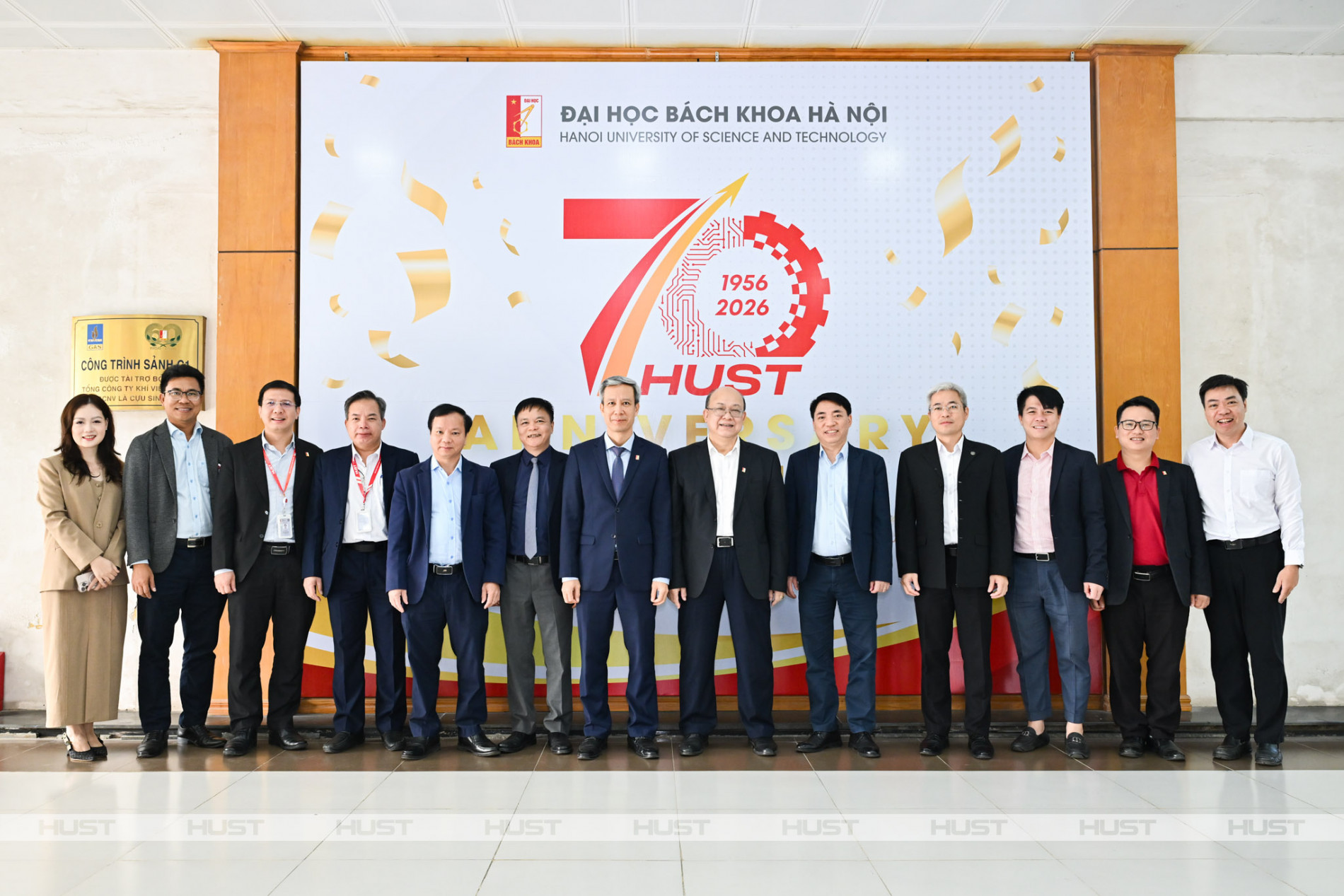 HUST Dedicates 19 Projects in 2025 to Celebrate the 14th...
HUST Dedicates 19 Projects in 2025 to Celebrate the 14th...
 HUST Empowers Student Voices in Preventing Gender-Based...
HUST Empowers Student Voices in Preventing Gender-Based...
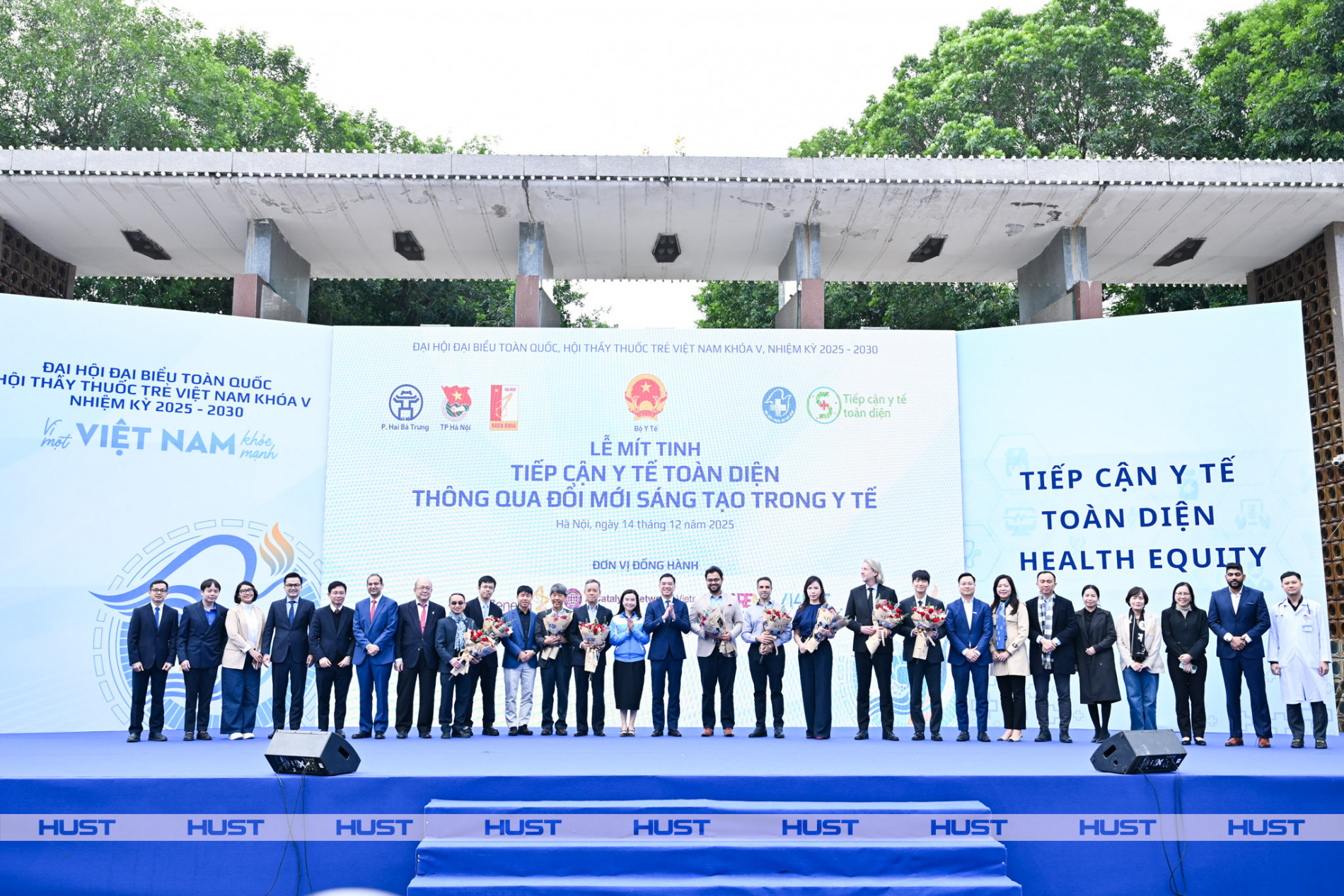 HUST and AstraZeneca Establish the AZ–HUST Health Innovation...
HUST and AstraZeneca Establish the AZ–HUST Health Innovation...
 HUST "Scholar" Shares Her Story of Language Love and Tech...
HUST "Scholar" Shares Her Story of Language Love and Tech...
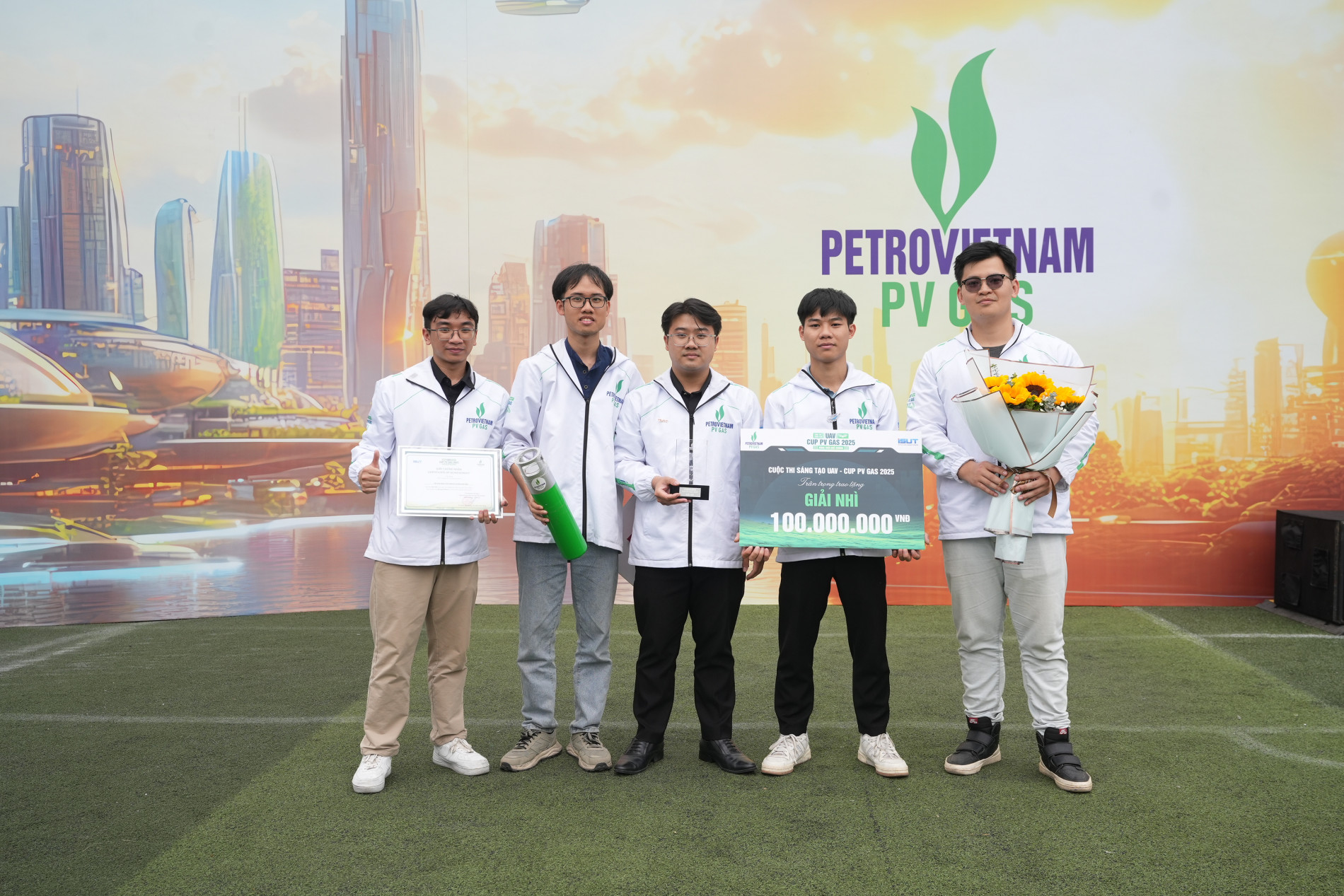 HUST Makes a Strong Mark at the National UAV Competition
HUST Makes a Strong Mark at the National UAV Competition
 The School of Economics and Management Valedictorian and His...
The School of Economics and Management Valedictorian and His...
 HUST Student Proudly Joins the "A80 Intellectual Block"
HUST Student Proudly Joins the "A80 Intellectual Block"
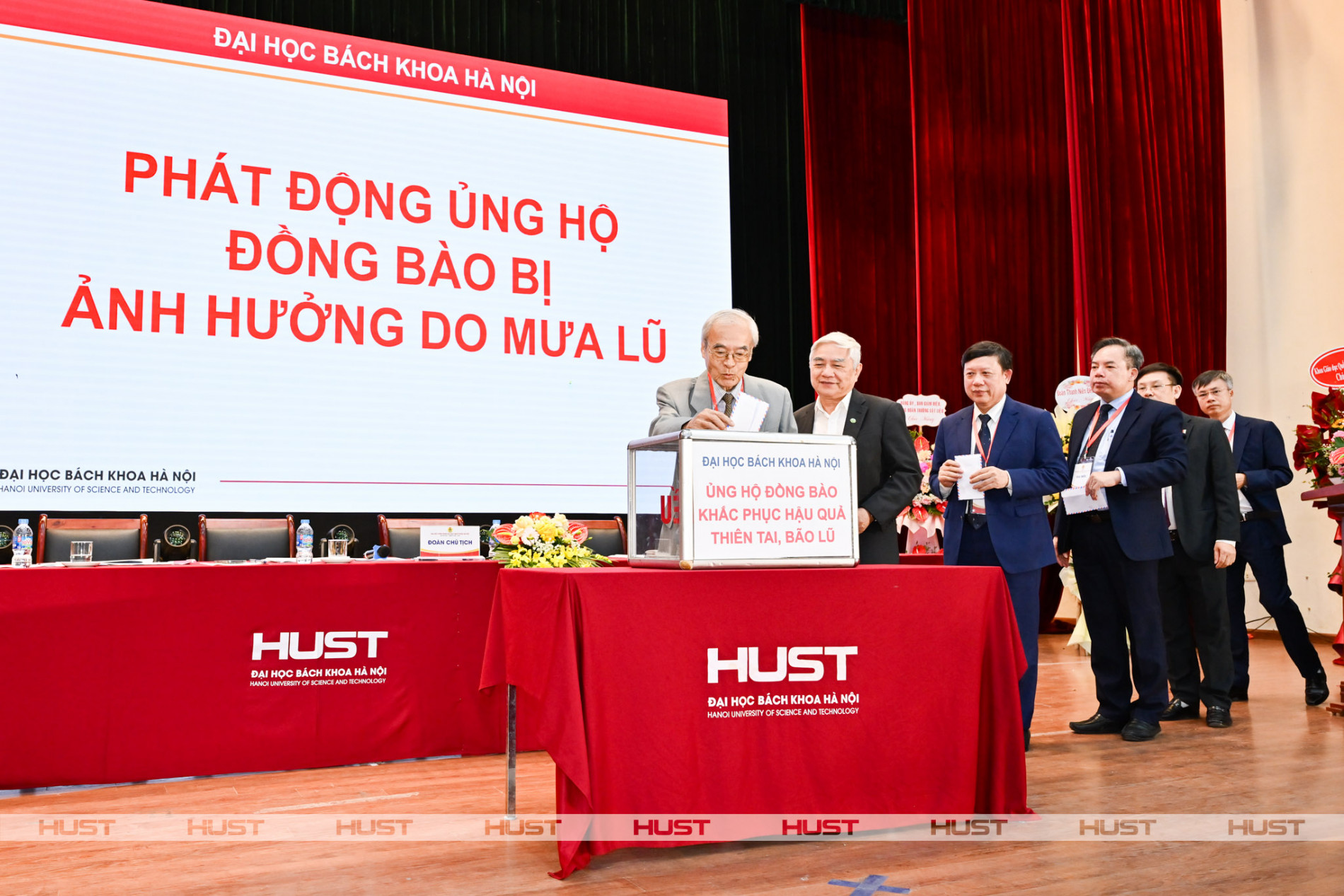 HUST Provides Emergency Support to Flood-Hit Regions
HUST Provides Emergency Support to Flood-Hit Regions
 HUST Alumna: A Vietnam’s “Rocket Girl”!
HUST Alumna: A Vietnam’s “Rocket Girl”!
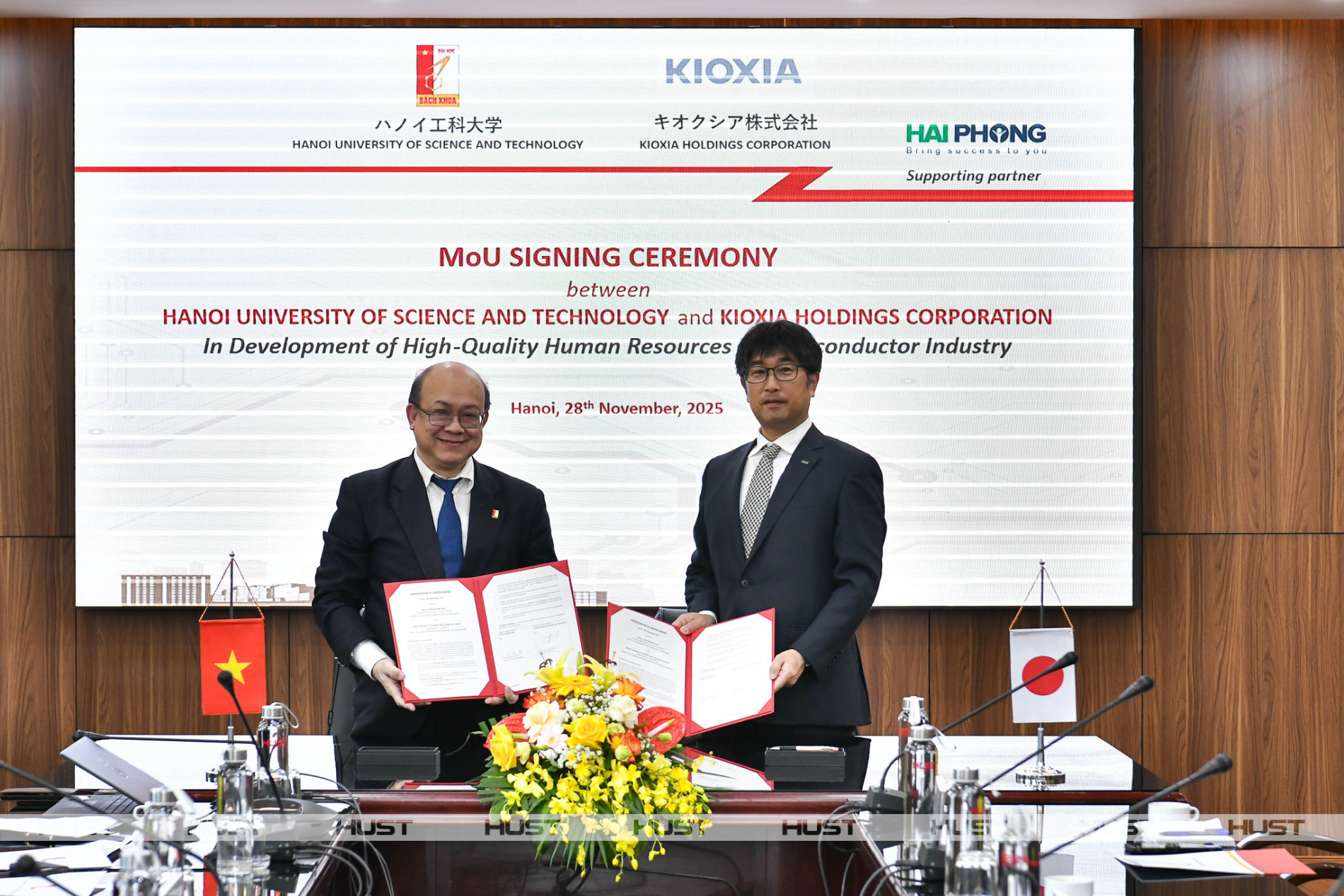 HUST Partners with World-Leading Enterprise in Memory and...
HUST Partners with World-Leading Enterprise in Memory and...